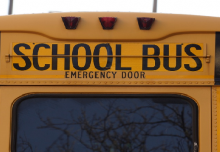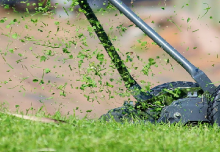Precautions for Cold Weather Climates
Winter is fast approaching and safeguarding from the harsh weather, experienced in much of the U.S., will take more than an additional layer. Construction workers who work through the winter months are especially prone to cold-weather hazards. While OSHA does not have specific standards that cover cold temperatures, employers are responsible for providing a safe place of employment, free from hazards, including winter-weather hazards (Section 5(a)(1)).
Some of these hazards include:
-
Cold Stress
Cold stress occurs when the body temperature is so low that it is unable to warm itself.
Types of cold stress:
- Trench foot – this is caused by prolonged overexposure to wet and cold conditions
- Frostbite – caused by freezing of the skin and tissue
- Hypothermia – occurs when body temperature drops below 95°F
Falls are the leading cause of death in the construction industry. According to OSHA, in 2017, there were 366 fatal falls out of the total 971 fatal injuries in construction. Mixing snow and ice only makes conditions more treacherous.
-
Working on or near damaged or fallen power lines
Snow and trees are a threat to power lines, especially during the winter months. Electrocution by downed power lines, electrical fires, and being struck by a tree or collapsing pole, are among many risks.
-
Winter driving accidents
-
Shoveling snow
This can be a strenuous activity and has potential for exhaustion, dehydration, back injury or heart attack.
Being aware of potential winter-weather hazards allows employers to better prepare and train their employees to prevent major injuries and illnesses.
0 Comments
Leave a reply
You must be logged in to post a comment.






